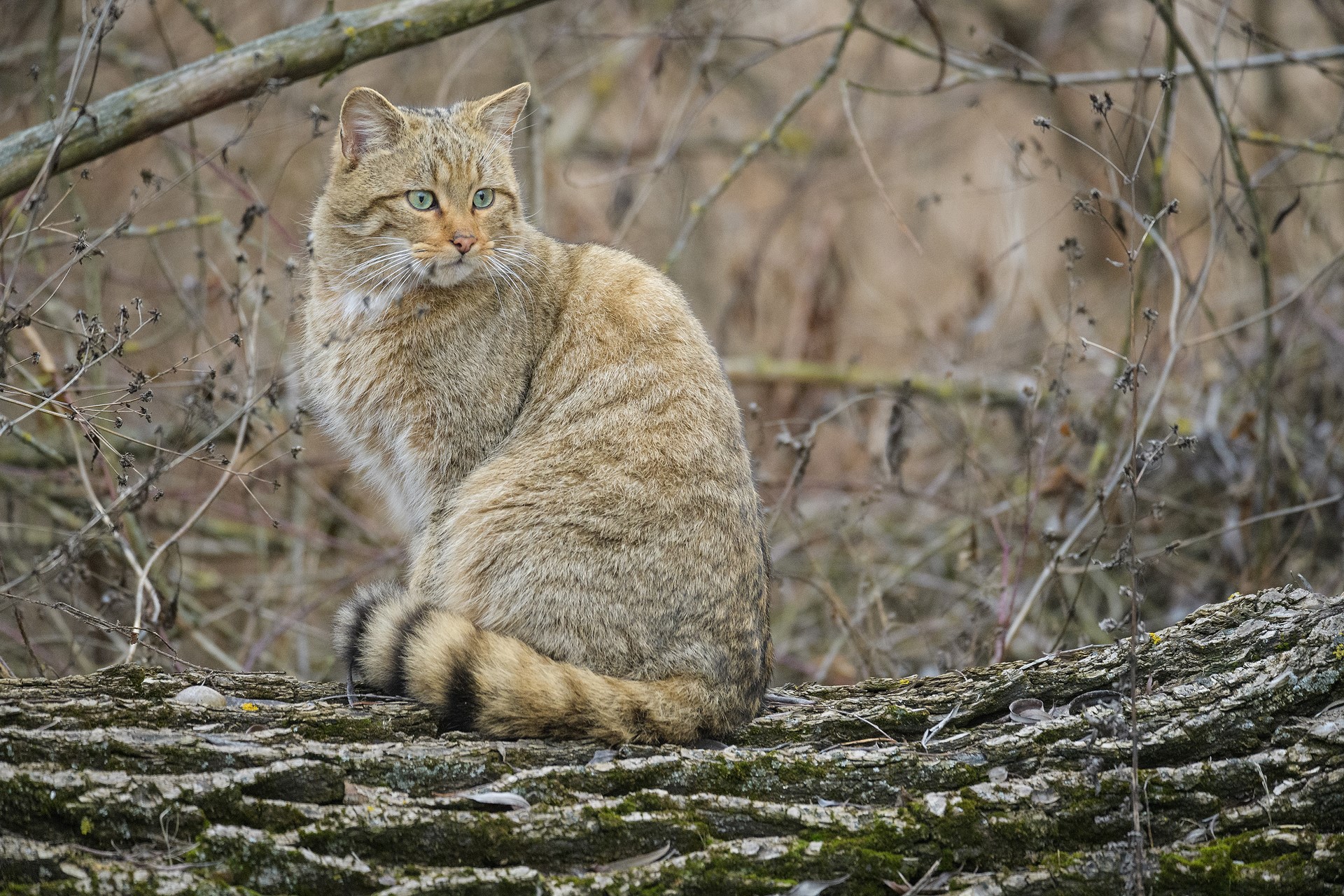SaveGREEN - Mystery of the Ukrainian Zakarpattia pilot area: camera traps recorded a rare predator
13-10-2022
This fluffy guy on the camera trap looks like a domestic cat with its grey-brown fur and black stripes. But what is it exactly? Its muscular short legs and relatively thick fluffy tail with a dark tip distinguish it from its well-known relative, the European wildcat (Felis silvestris). In 2021-22, the SaveGREEN project's experts monitored wild animal species by observing, searching for tracks and setting camera traps in the valley of the Latoritsa River near bridges and highways.

Wildcat near the bridge on the Latoritsa River, Zakarpattia region © Suzanna Tymochko
The animal was caught on an infrared camera near the piers of a bridge on the Latoritsa River in Zakarpattia Oblast, on the SaveGREEN project's pilot territory in Ukraine. The forest cat is mainly nocturnal and often settles in thickets along the banks of rivers and streams.

Wild Cat, © Dan Dinu
Location in monitoring is key! Why Latoritsa River near bridges and highways?
The death of animals on transport routes is one of the anthropogenic (human-caused) factors of negative impact on their populations. That especially applies to rare species of animals. Therefore:
- First, scientists determine the presence and power of migration (movement) of wild animals.
- They investigate which animals and how to use road infrastructure facilities to cross highways.
- After analysing the situation, experts can prepare recommendations to reduce the risks on transport routes for animals and drivers.
The wildcat is a rare predator included in the Red Book of Ukraine with the status of "vulnerable". This status gives to species classified as endangered if the factors that negatively affect the state of their populations continue to operate. There are 400-500 individuals of the forest cat in Ukraine, and the Carpathian population is the most numerous - 300-400 individuals.
The fact that the forest cat can use bridges as underpasses to overcome critical sections of transport routes is a necessary adaptation that will contribute to preserving its population in the Carpathians.
Author:
Suzanna Tymochko, Expert of SaveGREEN project, Ukraine Team
